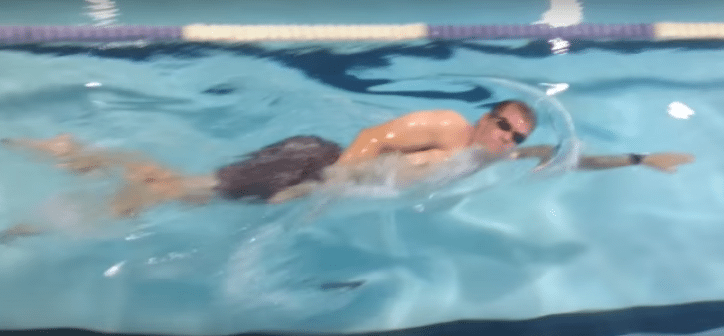This is the technique Navy SEALs use to swim for miles without getting tired

The summer season has officially arrived, and with it comes plenty of poolside adventures and fun in the sun. Whether you’ve planned for a dip in the water or a season spent floating in the arms of your summer “hunk,” there’s no shortage of inventive and fun ways to beat the heat.
Before you make a splash this summer, you may want to consider looking into a swimming method that’s approved by the U.S. Navy SEALs. (Hey, even if you’re not submerged in ice cold enemy waters, it’s nice to know how to swim long distances without getting fatigued.)
The stroke called the combat sidestroke, or CSS, is a swimming technique that all potential SEALs must learn. Take a look at the SEALs’ water competency training video below:
For the average swimmer, the combat sidestroke may prove somewhat difficult to learn. Instructional videos provided to recruits give extensive tutorials and go through each step of the swimming process. According to the official Naval Special Welfare website, it’s recommended that SEALs practice the new swimming move at least three days a week, for one hour at a time — meaning, this is one swimming lesson that might just take you the whole summer to master.
For those brave enough to try their hand at an advanced technique, the CSS is a combination of the breaststroke and a freestyle stroke, and it’s reported to aid swimmers in remaining unseen while they’re submerged in the water. In instructional videos, the SEALs explain the technique, telling recruits to begin by pushing forcefully off the wall. From there, you should keep your arms outstretched, pulling on the water. Use your top arm in a freestyle motion and your bottom arm in a slight stroke to the side. As you pull the arms into the water you should turn your head to breathe. The motions are described as pull, breathe, kick and glide.
Once mastered, the CSS is said to help SEALs move through long distance swims with ease and efficiency. The method does require a bit of balance though, and you must be able to properly rotate your body through the water.
Watch this stealth swimming technique in action in the video below:

